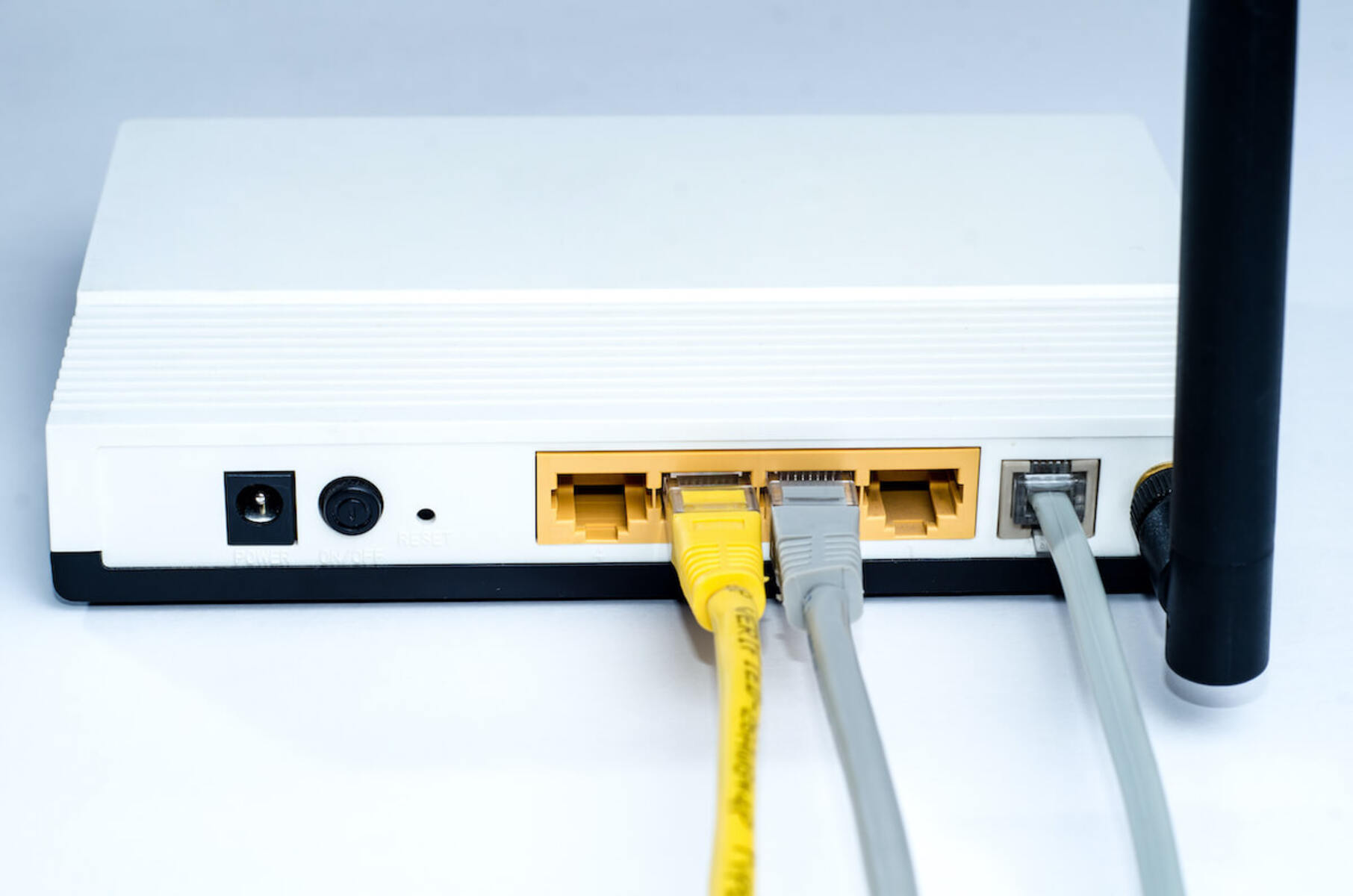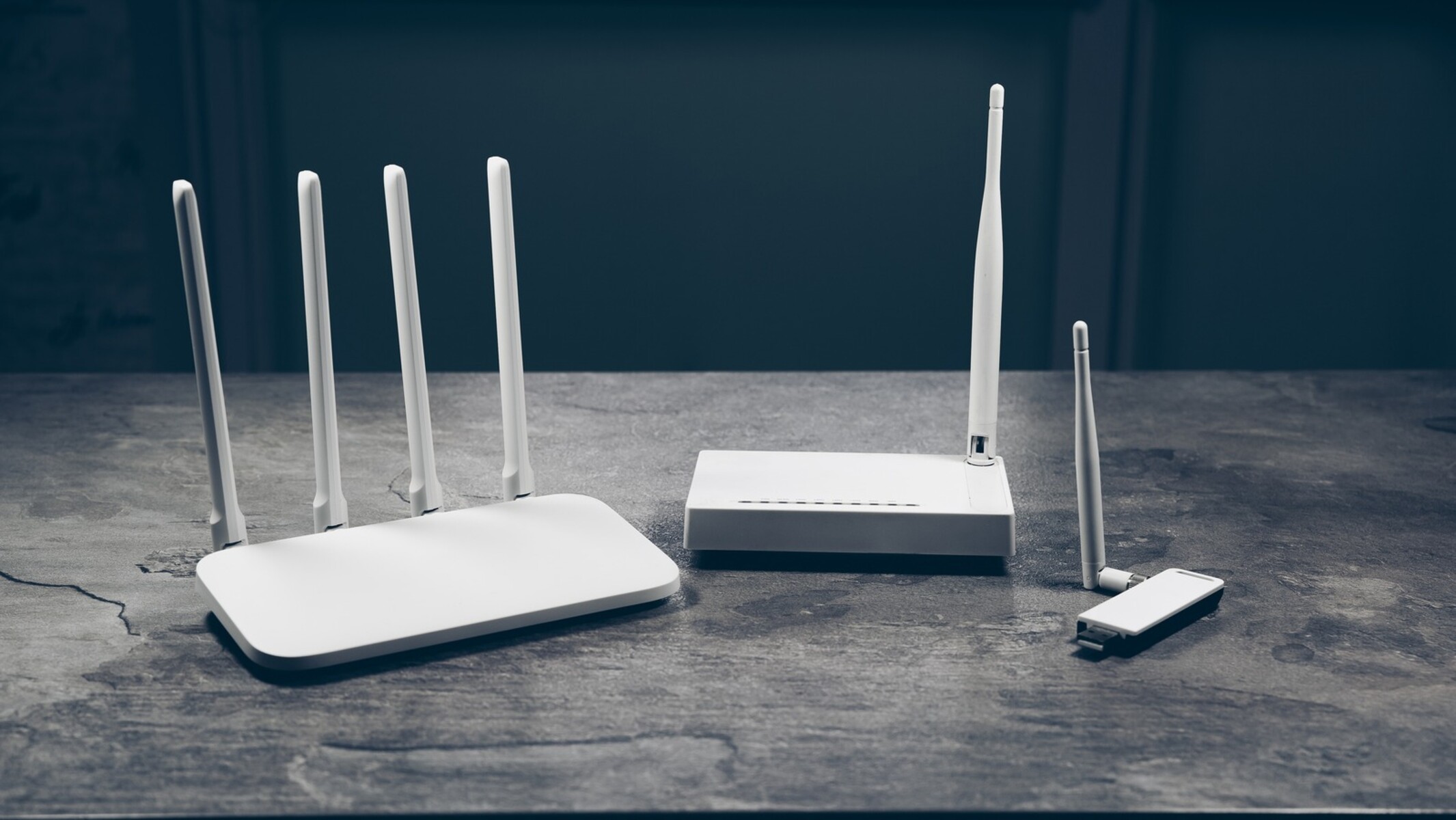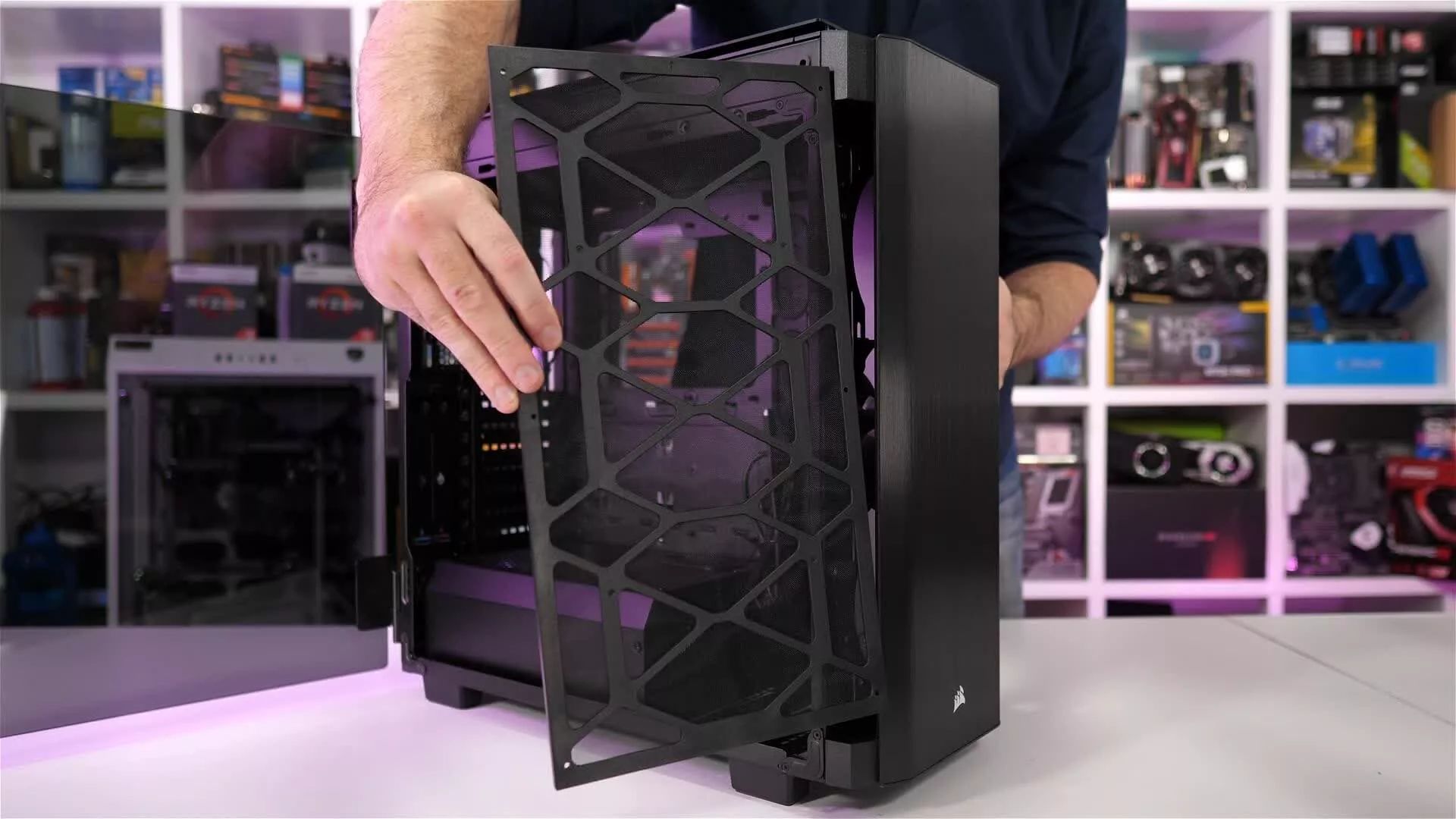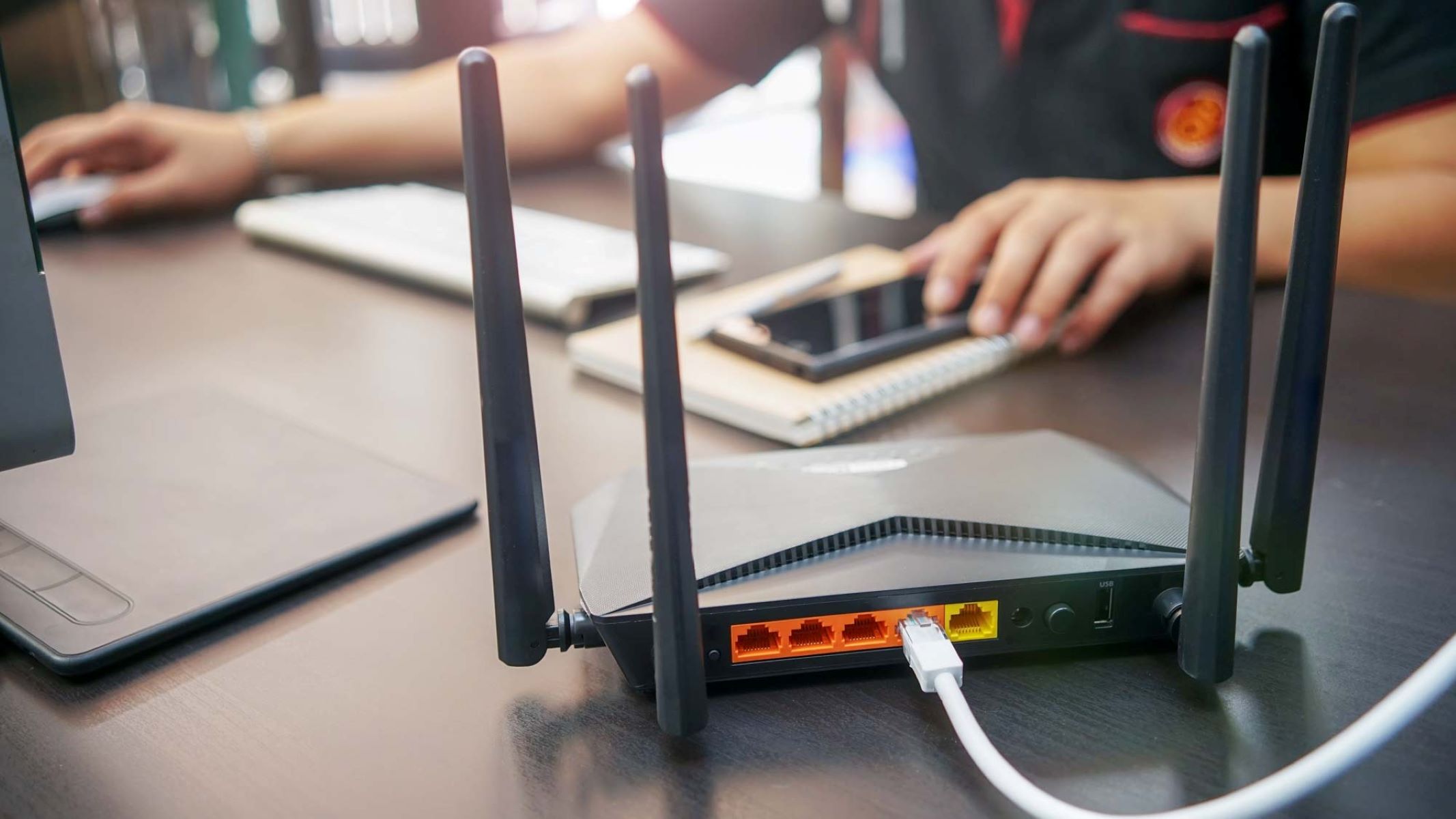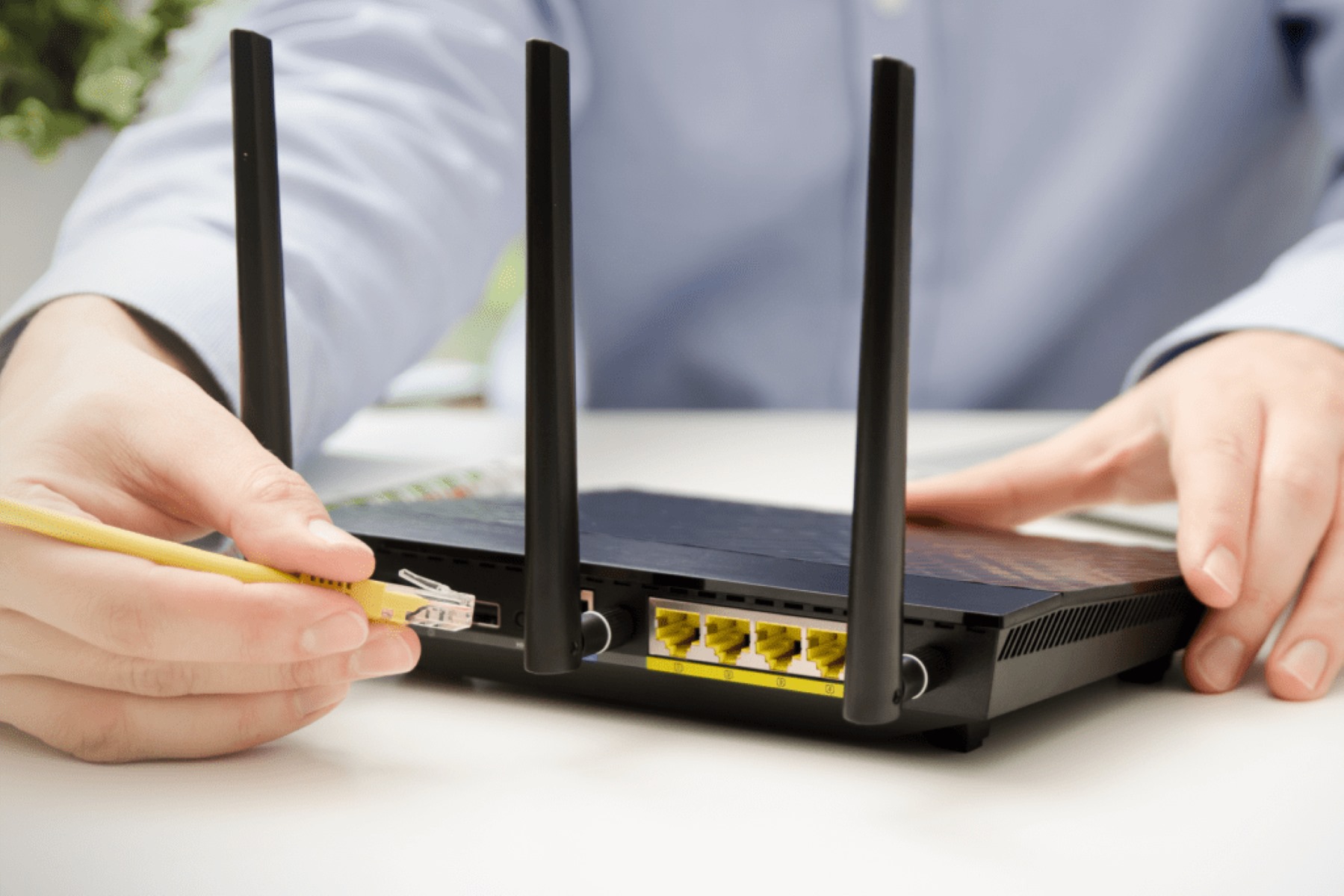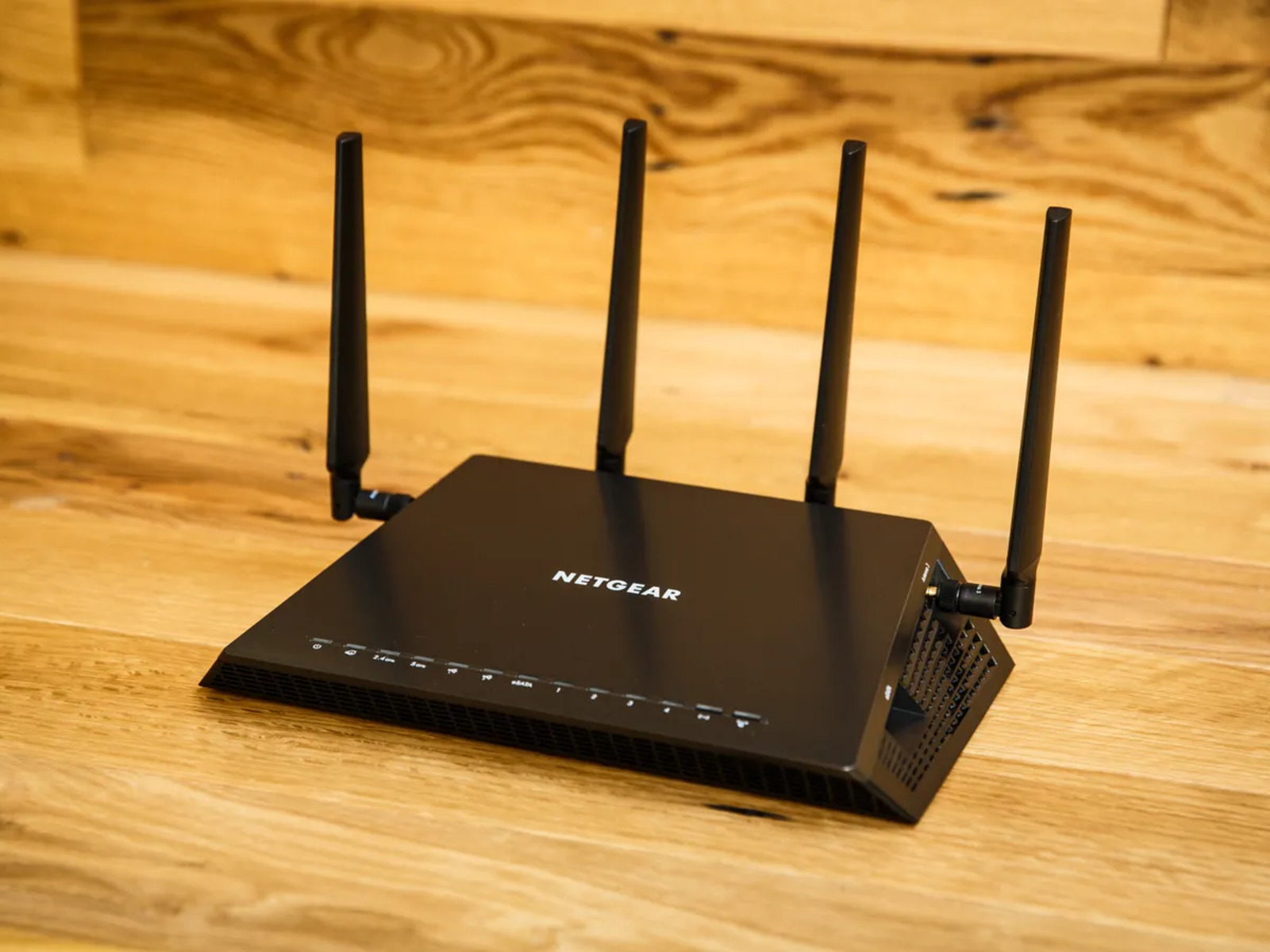Introduction
Technology is constantly evolving, and as a result, we often find ourselves replacing old devices with newer, more advanced models. One such device that tends to be replaced regularly is the router. With the growing demand for faster and more secure internet connections, many people upgrade their routers frequently.
But what do you do with those old routers? Instead of simply throwing them away, there are several creative and practical ways to repurpose them. In this article, we will explore the different options for reusing your old routers, saving money and reducing electronic waste in the process.
Before we dive into the various possibilities, it’s important to highlight why you shouldn’t just toss your old routers in the trash. Electronic waste, or e-waste, poses significant environmental hazards. These devices often contain toxic materials such as lead, mercury, and cadmium that can contaminate soil and water if not disposed of properly.
By repurposing or recycling your old routers, you can contribute to the reduction of electronic waste and potentially save some money by repurposing them for other uses. So, let’s explore the exciting options for giving your old router a new lease on life!
Why You Shouldn’t Just Throw Away Old Routers
When it comes to old routers, many people think their only option is to toss them in the trash. However, there are several important reasons why this is not the best course of action.
Firstly, as mentioned earlier, electronic waste is a significant environmental concern. When old routers end up in landfills, they can release hazardous chemicals into the soil, water, and air. These chemicals can have detrimental effects on human health and the ecosystem. By disposing of your old routers responsibly, you can help minimize these risks and protect the environment.
Secondly, throwing away old routers means wasting valuable resources. Routers contain various components like circuit boards, plastics, and metals that can be recycled and reused in the manufacturing of new devices. Recycling these materials reduces the need for extracting new resources, conserving energy and reducing greenhouse gas emissions.
Moreover, old routers may still hold sensitive information, such as login credentials or personal data. Simply throwing them away without proper data erasure methods could expose this information to potential data breaches. By repurposing or recycling your old router, you can ensure that your data remains secure.
Lastly, throwing away old routers means missing out on potential cost savings. Instead of purchasing brand new routers for specific purposes, repurposing your old routers can save you money. With a few modifications and creative thinking, you can transform your old router into a useful device for other needs, such as a wireless access point, Wi-Fi extender, or network switch.
Considering all these factors, it becomes evident that throwing away old routers is not the best solution. In the next sections, we will explore various innovative ways to repurpose your old router and get the most out of it.
Repurpose Your Old Router
Instead of letting your old router collect dust or end up in a landfill, why not give it a new purpose? There are numerous ways to repurpose your old router and extend its lifespan. Here are some ideas:
- Wireless Access Point: If you have areas in your home with weak Wi-Fi coverage, you can repurpose your old router as a wireless access point. By connecting the old router to your existing network via an Ethernet cable, you can create a new Wi-Fi hotspot, effectively expanding your coverage.
- Wi-Fi Extender: Similar to a wireless access point, you can use your old router as a Wi-Fi extender to amplify the signal strength in areas where the signal is weak. This is particularly useful for large homes or spaces with multiple floors.
- Network Switch: If you need to connect multiple devices using Ethernet cables, you can turn your old router into a network switch. Simply disable the router’s DHCP function, connect it to your main router using an Ethernet cable, and use the LAN ports on the old router to connect your devices.
- Guest Network: Setting up a separate guest network is a great way to protect your main network while providing internet access to visitors. Use your old router to create a dedicated guest network, keeping your primary network secure.
- Home Automation Hub: If you’re interested in home automation, repurposing your old router as a dedicated home automation hub can be a game-changer. Connect your smart devices to the router, allowing for seamless control and automation.
These are just a few examples of how you can repurpose your old router. The possibilities are endless – let your creativity guide you based on your specific needs and interests. Not only will you save money, but you’ll also be reducing electronic waste and giving your old router a new lease on life.
Use Your Old Router as a Wireless Access Point
If you have areas in your home or office where the Wi-Fi signal is weak, repurposing your old router as a wireless access point (WAP) can significantly improve coverage and eliminate dead zones.
To set up your old router as a WAP, follow these steps:
- Reset the old router: Begin by resetting your old router to factory settings. This will ensure that any previous configurations are cleared and you start with a clean slate.
- Disable DHCP: Login to the router’s administration interface, usually accessed by typing its IP address into a web browser. Disable its DHCP (Dynamic Host Configuration Protocol) server, as your primary router will handle this function. This prevents conflicts and ensures a smooth network operation.
- Connect the old router to the primary router: Using an Ethernet cable, connect one end to a LAN port on your primary router and the other end to a LAN port on your old router. Avoid connecting it to the WAN or Internet port, as you are using it as an access point, not a router.
- Configure the wireless settings: Within the old router’s administration interface, configure the wireless settings to match those of your primary router. Use the same network name (SSID) and password for seamless connectivity across devices. This way, devices will automatically switch between the two access points without any interruption.
- Place the old router strategically: Choose a location for your old router that maximizes the Wi-Fi coverage in the desired area. Consider factors such as distance from obstacles, interference sources, and the layout of your home or office.
By repurposing your old router as a wireless access point, you can extend the range of your Wi-Fi network and provide reliable connectivity in previously weak areas. This is particularly useful for large homes or spaces with thick walls that hinder Wi-Fi signals. It’s an excellent way to optimize your network without the need for additional hardware or expensive upgrades.
Convert Your Old Router into a Wi-Fi Extender
If you’re experiencing weak Wi-Fi signals in certain areas of your home or office, repurposing your old router as a Wi-Fi extender can help boost the signal strength and eliminate dead spots.
To convert your old router into a Wi-Fi extender, follow these steps:
- Reset the old router: Start by resetting your old router to its factory settings. This will remove any previous configurations and ensure a fresh setup.
- Place the old router strategically: Find a location for your old router that is within the range of your main router’s Wi-Fi signal and in close proximity to the weak areas you want to cover. Ensure that there are no obstructions or interference sources in that location.
- Connect the old router to your current network: Use an Ethernet cable to connect one of the LAN ports on your old router to a LAN port on your main router. Avoid using the “WAN” or “Internet” port on the old router, as you’re not using it as a router in this setup.
- Disable DHCP and configure wireless settings: Access the old router’s administration interface and disable the DHCP server to avoid IP conflicts. Then, configure the wireless settings to match those of your main router. Use the same network name (SSID) and password to create a seamless Wi-Fi experience for devices as they move between the two access points.
- Test the extended Wi-Fi network: With the setup complete, test the extended Wi-Fi network by connecting your devices to the Wi-Fi network and moving around the previously weak areas. You should experience a stronger and more reliable Wi-Fi signal in those locations.
By converting your old router into a Wi-Fi extender, you can effectively expand the coverage of your wireless network without the need for additional hardware or expensive upgrades. This is particularly beneficial for homes or offices with large spaces or multiple floors, where the Wi-Fi signal may not reach everywhere. Give your old router a new purpose and enjoy stronger Wi-Fi connectivity throughout your space.
Transform Your Old Router into a Network Switch
If you have multiple devices in your home or office that require Ethernet connections but are running out of available ports on your main router, repurposing your old router into a network switch can be a cost-effective solution.
Here’s how you can transform your old router into a network switch:
- Reset the old router: Begin by resetting the old router to its factory settings. This ensures a clean slate and removes any previous configurations.
- Connect the old router to your main router: Using an Ethernet cable, connect one of the LAN ports on your main router to a LAN port on the old router. Avoid using the “WAN” or “Internet” port on the old router, as that is not needed for this setup.
- Disable DHCP on the old router: Access the old router’s administration interface and disable the DHCP server. This prevents IP address conflicts with your main router and allows your devices to obtain IP addresses from your main router’s DHCP server.
- Connect devices to the old router: Use Ethernet cables to connect your devices to the available LAN ports on the old router. The old router will now act as a network switch, providing additional Ethernet ports for your devices.
By repurposing your old router as a network switch, you can expand the number of available Ethernet ports for your devices without having to purchase a separate network switch. This is particularly useful if you have devices in close proximity to the old router and need to connect them through wired connections for a more stable and reliable network.
Keep in mind that the speed and performance of the network switch will depend on the capabilities of your old router. If your old router has Gigabit Ethernet ports, you can enjoy high-speed connections between your devices. However, if your old router only supports Fast Ethernet (100 Mbps) ports, the network switch will operate at that speed.
Transforming your old router into a network switch is a practical way to make the most out of your old hardware and expand your network capabilities. Give it a new purpose by providing additional Ethernet ports for devices that need wired connections.
Create a Guest Network with Your Old Router
If you often have guests visiting your home or office and want to provide them with internet access while keeping your main network secure, repurposing your old router to create a dedicated guest network is the perfect solution.
Here are the steps to create a guest network with your old router:
- Reset the old router: Begin by resetting the old router to its factory settings. This clears any previous settings and ensures a fresh start.
- Disable DHCP on the old router: Access the administration interface of your old router and disable the DHCP server. This allows your main router to assign IP addresses to devices on the guest network.
- Connect the old router to your main router: Use an Ethernet cable to connect one of the LAN ports on your main router to a LAN port on the old router. Again, avoid using the “WAN” or “Internet” port on the old router.
- Configure the wireless settings for the guest network: Within the old router’s administration interface, set up a new wireless network specifically for guests. Create a unique network name (SSID) and password for the guest network. This keeps your main network secure while providing internet access to your guests.
- Place the old router in a strategic location: Position the old router in a central location where the guest network’s coverage is sufficient. Consider the range and potential interference within your home or office to ensure a reliable Wi-Fi connection for your guests.
By creating a guest network with your old router, you provide a separate Wi-Fi network for your guests to connect to without giving them access to your main network and its connected devices. This helps protect the security of your personal information while still allowing guests to enjoy internet access.
Remember to share the guest network’s SSID and password with your guests so they can connect easily. Additionally, consider enabling features such as a guest portal or time limits to further enhance the guest network’s security and control.
Repurposing your old router to create a guest network is an excellent way to make use of your old hardware while keeping your main network secure. It ensures a smooth and convenient experience for both you and your guests.
Set Up a Home Automation Hub with Your Old Router
If you’re interested in home automation and have an old router lying around, repurposing it as a dedicated home automation hub can enhance your smart home experience.
By using your old router as a home automation hub, you can centralize and control all your smart devices from a single point. Here’s how to set it up:
- Reset the old router: Begin by resetting the old router to its factory settings to remove any previous configurations.
- Connect the old router to your main network: Use an Ethernet cable to connect one of the LAN ports on your main router to a LAN port on the old router. This allows your home automation hub to connect to your main network and access the internet.
- Disable DHCP on the old router: Access the administration interface of the old router and disable the DHCP server. This ensures that your main router assigns IP addresses to your connected devices.
- Connect your smart devices: Use the old router’s available LAN ports to connect your smart devices. This allows them to communicate with the home automation hub and be controlled from a centralized location.
- Install a home automation software or app: Choose a home automation software or app that is compatible with your old router. This software will serve as the hub’s control center, allowing you to manage and automate your smart devices.
- Configure and customize your home automation system: Set up and configure your home automation software according to your preferences. This includes adding and categorizing your smart devices, creating automation routines, and setting schedules.
With your old router repurposed as a home automation hub, you can now control your smart devices, such as lights, thermostats, security systems, and more, from a centralized location. Through automation, you can create routines that integrate different devices and facilitate seamless interactions.
Keep in mind that the capabilities of your home automation system may vary depending on the features offered by the software or app you choose. Explore the options available and find one that suits your needs and the compatibility of your smart devices.
Repurposing your old router as a hub for home automation not only gives your device a new purpose but also enhances the functionality and convenience of your smart home. It allows you to create a cohesive and interconnected ecosystem for your devices, enabling efficient and intelligent control.
Donate Your Old Router to a Charity or Nonprofit
If your old router is still in good working condition and you no longer have a use for it, consider donating it to a charity or nonprofit organization. Doing so can benefit others who may not have access to reliable internet connectivity.
Here are some steps to donate your old router:
- Check for organizations accepting router donations: Research local charities, nonprofits, or community organizations that accept electronics donations. Look for organizations that focus on digital inclusion, education, or bridging the digital divide.
- Contact the organization: Reach out to the organization to inquire if they accept router donations and if they have any specific requirements or preferences.
- Prepare the router for donation: Before donating the router, ensure that it is in good working condition. Clear any personal information or saved settings, and include any necessary accessories such as power cables or Ethernet cables.
- Arrange for donation: Once you have confirmed the organization’s acceptance of router donations, arrange a drop-off or pick-up time with them. Follow their instructions for donation submission.
- Tax deductions and receipts: Inquire if the organization provides tax receipts for donations. Keep records of your donation to potentially claim a tax deduction, depending on your jurisdiction’s regulations.
Donating your old router can make a significant difference in someone’s life, especially for individuals or communities lacking access to the necessary resources for reliable internet connectivity. Your donation can help bridge the digital divide, empower individuals, and enable educational opportunities.
Additionally, donating your old router is an environmentally friendly option. It prevents electronic waste from ending up in landfills and reduces the need for new hardware production, which has its own environmental impact.
Before donating, ensure that the organization you choose is reputable and aligns with your values. Consider organizations that focus on providing technology access to underserved communities, educational institutions, or programs supporting digital literacy.
By giving your old router a second life through donation, you can positively impact someone’s connectivity and contribute to a more inclusive and equitable digital world.
Recycle Your Old Router Responsibly
If your old router is no longer functional or suitable for donation, it’s important to dispose of it responsibly through recycling. Electronic waste, or e-waste, is a growing concern, and proper recycling helps prevent harmful materials from polluting the environment.
Follow these steps to recycle your old router responsibly:
- Research local recycling options: Look for local recycling centers, electronics recycling events, or facilities that accept e-waste. Check if they specifically mention the acceptance of routers or other networking equipment.
- Check manufacturer recycling programs: Many router manufacturers offer recycling programs or partnerships with recycling organizations. Visit the manufacturer’s website to see if they provide information on how to recycle their products.
- Prepare the router for recycling: Before recycling, remove any personal information or saved settings from the router. Refer to the manufacturer’s instructions or online resources for guidance on how to reset the router to factory settings.
- Determine recycling requirements: Contact the recycling facility or program to understand their specific requirements for accepting routers. They may have guidelines on packaging, drop-off locations, or accompanying documentation.
- Recycle the router: Take your old router to the designated recycling facility or participate in an e-waste recycling event. Ensure you follow the recycling center’s guidelines for drop-off or collection.
It’s crucial to recycle your old router instead of disposing of it in regular trash to prevent it from ending up in landfills. Routers and other electronic devices contain hazardous materials like lead, mercury, and flame-retardant chemicals that can harm the environment and human health if not handled properly.
Recycling allows for the extraction and reutilization of valuable metals, plastics, and other materials present in the router, reducing the need for additional resource extraction and energy-intensive manufacturing processes.
Remember, recycling your old router responsibly is not only an environmentally conscious choice, but it also contributes to a circular economy by promoting the reuse and recycling of electronic components.
By taking the initiative to recycle your old router, you are playing an active role in reducing electronic waste and protecting the planet for future generations.
Conclusion
When it comes to old routers, throwing them away should not be the default solution. Instead, consider the various options for repurposing, donating, or recycling them. These alternatives not only benefit you but also have positive environmental and social impacts.
Repurposing your old router can unlock new possibilities and save you money. Whether you convert it into a wireless access point, Wi-Fi extender, network switch, or home automation hub, you can extend its usefulness and enhance your connectivity experience.
Donating your old router to a charity or nonprofit organization can provide reliable internet access to those who need it most, bridging the digital divide and empowering individuals and communities.
If your old router is no longer functional, it’s essential to recycle it responsibly to prevent the release of hazardous materials into the environment. Recycling conserves valuable resources and reduces electronic waste.
In conclusion, whether you choose to repurpose, donate, or recycle your old router, you are making a positive impact. By extending the lifespan of your device or ensuring its proper disposal, you contribute to a more sustainable future and help build a more connected and inclusive world.











